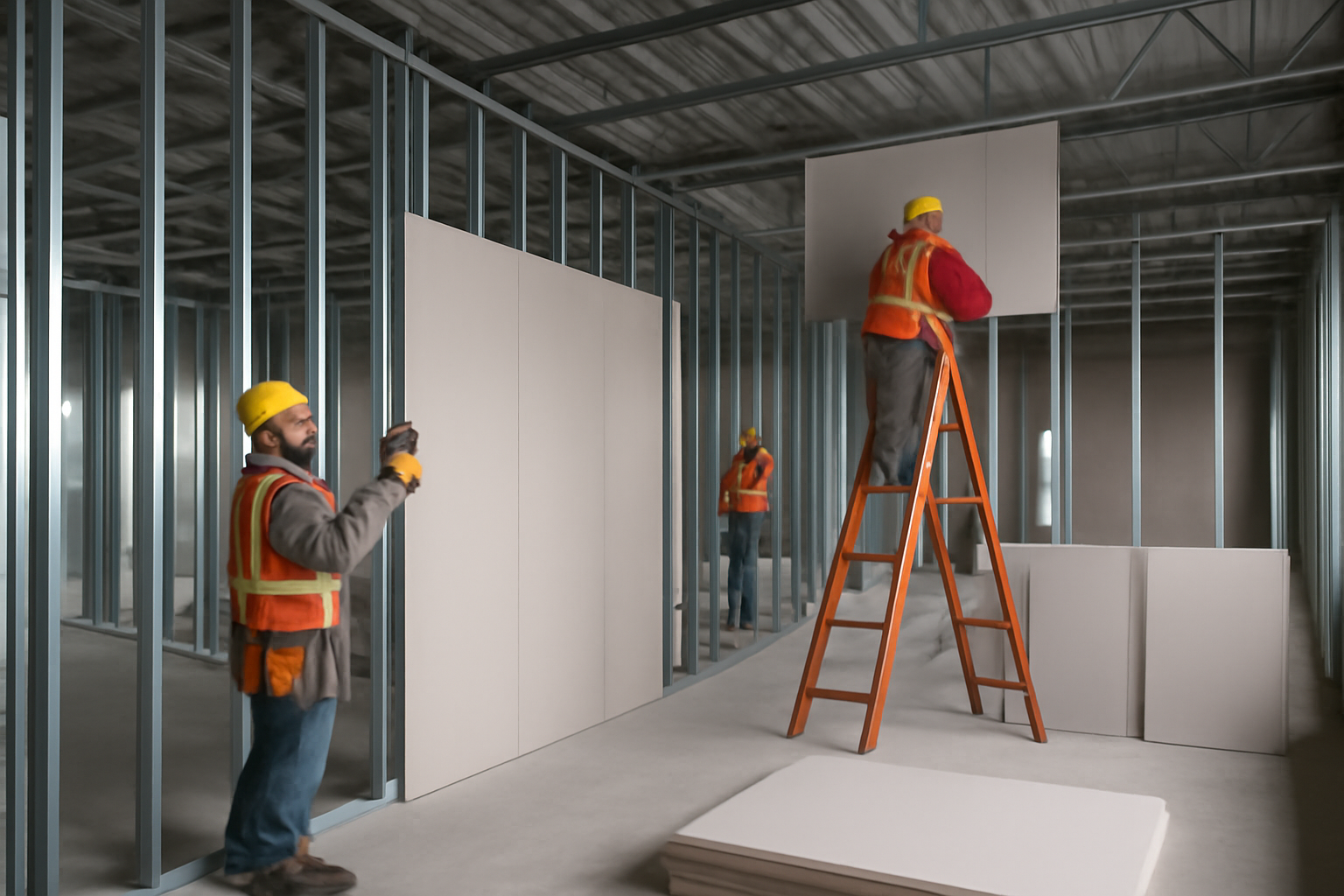
Shaft wall systems are a unique challenge in drywall estimating due to their structural importance, vertical orientation, and fire-resistance requirements. These systems are typically used in high-rise construction to enclose elevators, stairwells, and mechanical shafts. Because of the complexity and code compliance required, accurate takeoff and pricing are essential for architects, engineers, and general contractors overseeing mid- to large-scale projects.
Shaft walls are not your standard partitions. They often consist of high-gauge metal framing, multiple layers of drywall, and require special components like shaft liner panels and J-tracks. These elements are not only more expensive but also more labor-intensive to install.
To ensure accuracy and completeness in your takeoff and cost projection, estimators should include the following components in their drywall estimating workflow:
Rather than using a square footage approach, shaft walls should be built into your estimating assemblies. This includes predefined quantities for liner board, fasteners, framing components, and even labor productivity rates. Leveraging systems like Active Estimating allows estimators to handle these complexities with better precision and integration.
Drywall shaft systems often undergo multiple design changes. Using software that links directly to model-based takeoffs or supports version control ensures that every change in shaft layout is captured and validated. This is where tools like drywall estimating software become indispensable—offering visual overlays, color-coded validations, and scoped conditions that reduce oversight and boost confidence.
Estimators should loop in field teams when developing shaft wall pricing. These assemblies often overlap with MEP trades, which can alter installation sequences or require coordination zones for shaft penetrations and sleeves. If missed, these scopes can result in change orders and delays.
Estimating shaft wall drywall systems demands more than a count of boards and studs—it requires a nuanced understanding of constructability, compliance, and sequencing. By building detailed assemblies, auditing your assumptions, and relying on data-backed tools, project teams can produce estimates that stand up to real-world complexity. With the right approach, what once was a risk point becomes a predictable, traceable cost component within your overall budget.
Contact Information:
Active Estimating
508 2nd Street, Suite 208
Davis
California
95616
Rich Schoener
richard@activeestimating.com
(877)
Schedule a personalized demo to see how Active Estimating can work for your specific needs.
